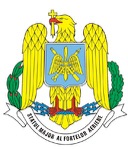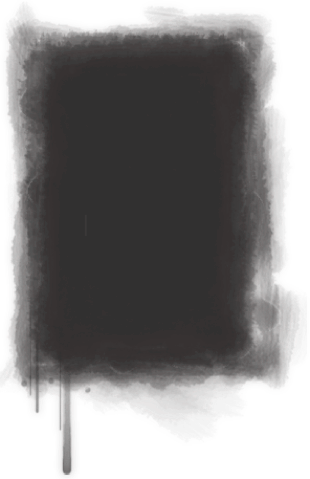IAR-823 is the brainchild of one of the greatest figures in post-war Romanian aeronautics: eng. Radu Manicatide. The design was completed under his leadership in 1970, at IMFCA Bucharest (Institutul de Mecanica Fluidelor si Cercetari Aerospatiale - Institute of Fluid Mechanics and Aerospace Research). The prototype's construction began in autumn 1971 at ICA Brasov (now IAR Brasov). This plane, serialled 01, flew for the first time on 10 June 1973. The second plane built participated at the Farnborough Air Show in September 1974, registered YR-MEA.
In total 78 planes were produced, with the last built in 1983. The first deliveries took place in 1974. The main customer was the Romanian Air Force, which needed to replace the IAR-813 in the basic flight training role. Initially they were assigned to the 20th Regiment at Boboc, subsequently being transferred to the 19th Regiment on the grass airfield at Focsani. Small numbers of aircraft were delivered to the Romanian Air Club, being operated at Brasov, Clinceni, Pitesti, Deva and other airfields.
12 IAR-823s were deployed to Negoge, Angola in the frame of "Operation Sirius" in February 1981. There, the Romanians put the bases of the ENAM (national military flight school), also having at their disposal 6 IAR-316B Alouette III and 6 BN-2A Islander, all manufactured in Romania. Flight training began already on 18 May 1981, with the first solo sortie of an Angolan trainee taking place on 30 July 1981 on board the IAR-823. Although both the Alouettes and the 823s could be lightly armed, no combat missions were flown, only training ones. A fatal crash occurred on 6 July 1981, when lt-cdr. Gheorghe Preda and Angolan student Ruy Nelson died on board an IAR-823. In December 1982, the Romanians returned home with just one IAR-823, the remaining 10 - plus the other aircraft - being handed over to the Angolan Air Force.
The last aircraft produced for the Romanian Air Club, registered YR-MEL, was displayed at Le Bourget 1985, together with IAR-831 Pelican registered YR-IGA, a development of the IAR-823, which featured tandem seat arrangement. A more distant relative was the IAR-825TP Triumph (YR-IGB) - based on the Pelican, but with a turboprop engine. Unfortunately both these developments ended in prototype stage.
In service with the Romanian Air Force there were 4 crashes, including the one in Angola, all fatal. Operations with the IAR-823 became a problem in the early 90's: the fuel required for the type was no longer produced in country and had to be imported from Greece, at a time when budget problems plagued the Air Force. Besides, starting from the mid 80's the much cheaper to operate Yak-52 started entering service. By the mid 90's it had completely taken over the role of the IAR. There is no official date for the IAR-823's retirement from service, but it seems that it was grounded in the 1995-96 timeframe. All the surviving airframes were put in open storage at Focsani.
Surplus to requirements and in need of a serious overhaul, they were put up for sale. 10 were bought by a private US customer in 1999, followed by another 36, plus all remaining spare parts in 2000. Another 6 were purchased in October 2004 from the Romanian Air Club, The overwhelming majority of these were restored back to flying condition.
In Romania there are 4 aircraft preserved: # 01 at the Central Military Museum in Bucharest, # 15, 19 at the Aviation Museum in Pipera (moved from Otopeni), # 51 at the Henry Coanda Air Force Academy in Brasov.
Armament
Although not envisioned to be used in combat, the aircraft has 2 underwing hardpoints, stressed for 100 kg each. Total maximum allowed weight of external stores is 200 kg.
-
•BE-50 - 50 kg general purpose bomb
-
•BEM-100 - 100 kg general purpose bomb
-
•UB-4-57 - standard pod for 4 S-5K/M unguided rockets, caliber 57mm
-
•7.62mm machine gun pod caliber 7.62x54R - Romanian designed
-
•70 liters fuel drop tanks
This information provided by Scramble [click here for more info]












